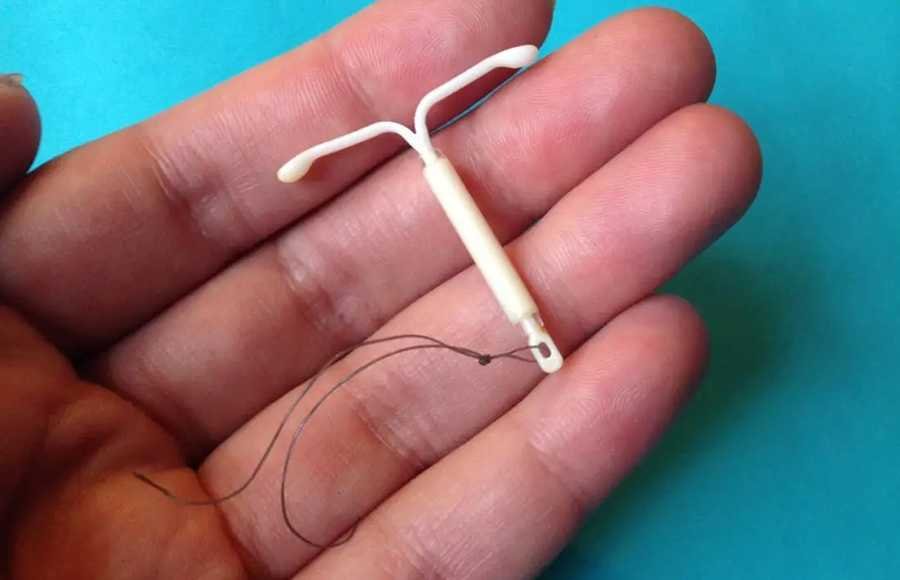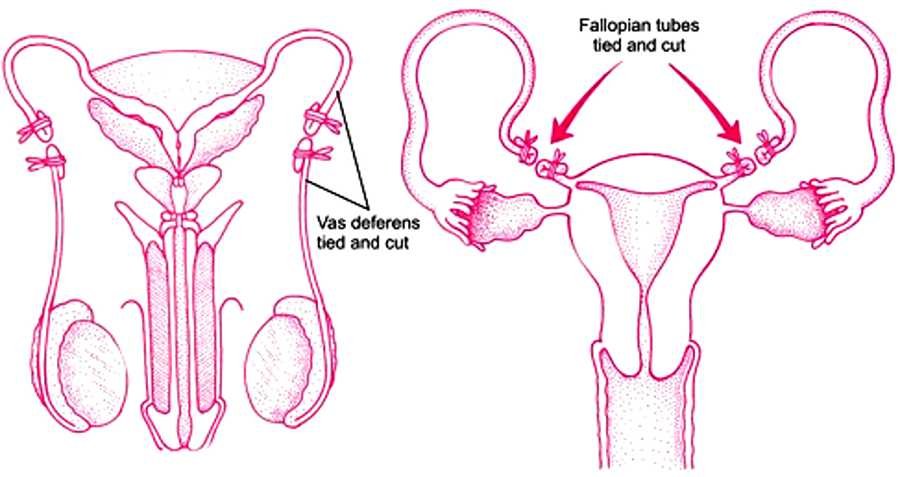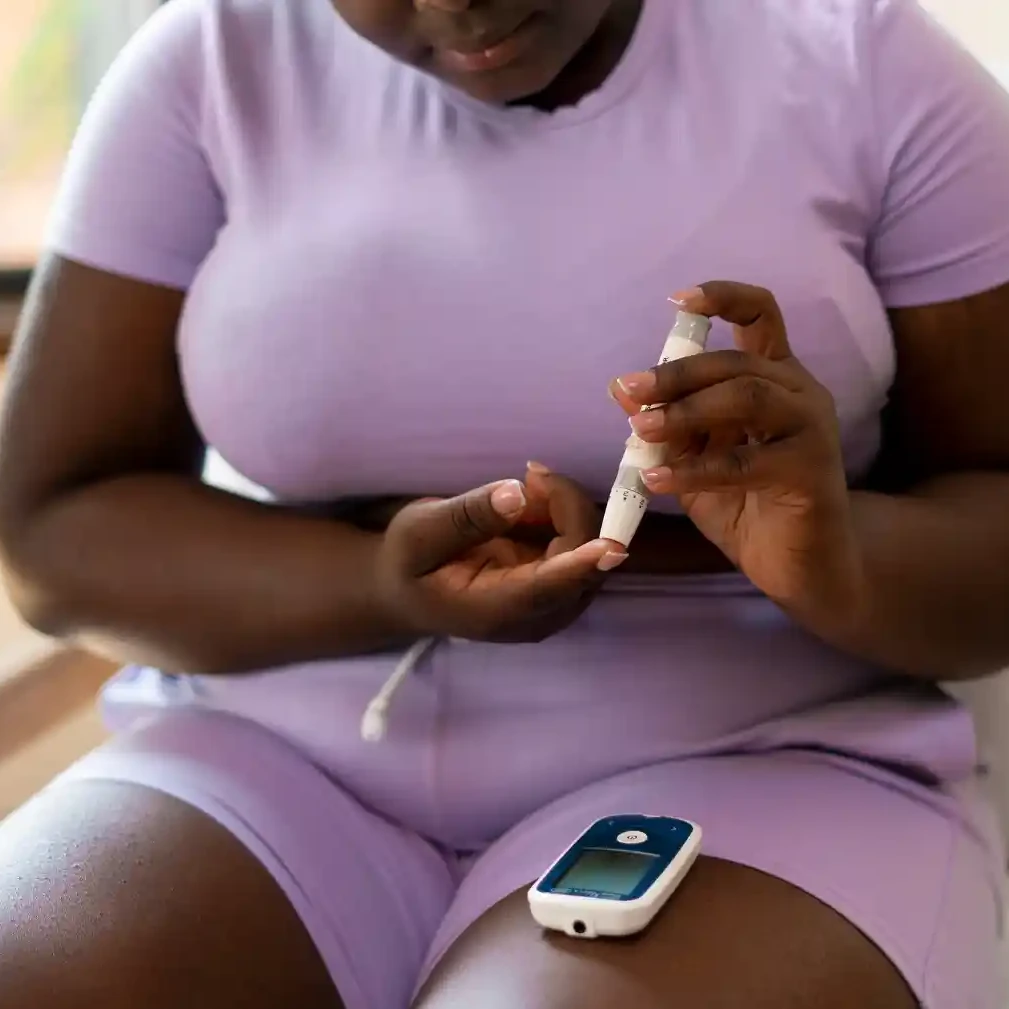“Getting frisky doesn’t have to be risky” is a popular phrase that goes without saying.
Why is this?
Simply because many contraceptives exist to suit our needs!
Contraception is a method used to prevent pregnancy and, in some cases, sexually transmitted diseases (STDs).
A woman can get pregnant if a man’s sperm reaches one of her eggs.
Contraception works in different ways to stop this:
- Keeping the egg and sperm separated
- Stopping egg production
- Stopping the fertilized egg from attaching to the womb lining.
Women, men, or even couples make certain considerations that guide them through choosing the right contraception.
These include effectiveness, availability (accessibility and affordability), and safety.
Now you find yourself asking questions:
- Which method suits my lifestyle best?
- Is it convenient for me?
- Will my pocket be able to handle it?
- Are there any side effects?
- And how effective will it be for me?
You should consider protection from STDs when choosing a method of contraception.
Male condoms are the most effective in reducing the risk of STDs like HPV, chlamydial infection, and genital warts when you use them constantly and correctly.
Other methods, like hormonal contraceptives and IUDs, are highly effective at preventing pregnancy but do not protect against HIV and other STDs.
You can enjoy sex without getting pregnant.
Here’s how!
Reversible methods of birth control
1. Barrier Methods

1. Male condoms
The condom is the only form of contraception that can prevent pregnancy and protect against sexually transmitted diseases.
The latex condom, which is the most common type, serves this purpose.
“Natural” condoms prevent pregnancy but may not protect you against STDs.
The man wears a male condom to keep sperm from getting into the woman’s body.
Condoms should be used once and discarded.
If you have sex again, use another condom.
Avoid the use of latex condoms with oil-based lubricants (massage oil, baby oil) because it weakens them and may cause them to tear.
This is usually easy to access and affordable, but some people may be allergic to latex condoms, so it is necessary to know what works for you!
2. Female condoms
A woman wears these to prevent sperm from getting onto her body.
It can be inserted into the vagina eight hours before sex.
This method has no serious side effects but may split or tear if not used properly.
It is also not as widely available as male condoms and can be more expensive.
3. Spermicides
These products kill sperm and come in different forms, such as tablets, foam, gel, or cream.
You place them in the vagina no more than one hour before intercourse.
It should be left in place for at least six hours after intercourse.
You can use it in addition to a male condom, diaphragm, or cervical cap.
They do not protect against sexually transmitted infections (STIs).
4. Sponge
This contains spermicide and is placed over the cervix in the vagina.
It works for over 24 hours and must be left in place for at least 6 hours after the last intercourse.
After use, it should be removed and discarded.
It doesn’t affect your hormone levels; however, it is less effective if you have given birth (due to changes in the cervix after vaginal delivery) and does not protect against STIs.
5. Diaphragm or cervical cap
These are placed in the vagina to cover the cervix and block sperm from entering the ovary.
The diaphragm has the shape of a hollow cup and the cervical cap is a thimble cup.
You can place them any time before sex.
Although it can be used more than once, it must be taken out not less than 6 hours (no longer than 24 hours) after sex to be cleaned.
It can last up to 2 years with proper care but also requires practice to work well.
2. Intrauterine Contraception

1. Levonorgestrel intrauterine system (LNG IUS)
This involves placing a small T-shaped device in the womb.
It releases progestin (synthetic progesterone) each day to prevent you from getting pregnant.
It stays for 3-6 years depending on the brand.
2. Copper T intrauterine device (IUD)
This involves placing a small T-shaped device inside the uterus by a doctor to prevent pregnancy.
It can stay in your uterus for up to 10 years.
IUD is 99% effective for the prevention of pregnancy but does not protect against STIs.
Irregular bleeding and spotting occur during the first 6 months and require a trained healthcare provider for insertion and removal.
3. Hormonal methods

1. Implants
This involves placing a small flexible rod under the skin of a woman’s arm.
It releases progestin in the body over 3 years.
This is highly effective and doesn’t interrupt sex but requires a trained healthcare provider for insertion and removal.
2. Injection (Shot)
Administration is on the upper arm or the buttocks of a woman.
It releases progestin into the bloodstream.
This injection can last up to three months but may cause irregular bleeding, weight gain, and headaches.
3. Combined oral contraceptive pill
This pill contains the estrogen and progestin hormone.
You take it once a day at the same time.
The pill is effective if used correctly which means that forgetting your pill will make it less effective exposing you to the risk of pregnancy.
If you miss a pill, take it as soon as you remember even if it means taking two pills that day!
If you miss two or more pills, take the last pill that you missed, and don’t forget to contact your healthcare provider.
4. Patch
It is a small sticky patch that releases estrogen and progestin through the skin to prevent pregnancy.
It is placed on the lower abdomen, buttocks, or upper body (not on the breast).
It lasts up to a week.
You are to get a new one every week for 3 weeks but not worn for a week to have a menstrual period.
It is easy to use but may cause skin irritation, itching, and soreness.
5. Hormonal vaginal contraceptive ring
The ring releases estrogen and progesterone when inside the vagina.
You wear it for 3 weeks, but not for the last week, so you can have your menstrual period.
4. Fertility awareness-based Method (Natural family planning)
This is a method where a woman monitors and records her fertility periods during her menstrual cycle to know when she is most likely to get pregnant and when she is not.
In a regular cycle, you can have about nine or more fertile days.
If you do not want to get pregnant, you abstain from sex on those fertile days or use a barrier method such as condoms on those days.
This method is less effective and stress and lifestyle among others can affect your cycle.
5. Lactational Amenorrhea Method
You stand a better chance at this method if you breastfeed exclusively (giving your newborn baby only breast milk) for up to 6 months after birth.
You’re unlikely to have your periods when practicing that.
This prevents pregnancy during that period.
This method becomes unreliable when:
- You have a period
- Your baby reaches 6 months old
- You substitute breast milk for other foods or liquids
6. Emergency contraception

Pulling out didn’t work out, right?
Don’t panic!
The method comes into play when you have unprotected sex, the contraception failed (in the case of a condom breaking), or in the case of incorrect use of contraception.
1. Emergency contraceptive pills (The ‘Morning After’ pill)
A woman can use this up to 5 days after having unprotected sex.
However, its effectiveness depends on how soon you take it.
You can find some of these over the counter, and they are accessible, such as Postinor.
2. Copper IUD
Women can have the copper IUD inserted within 5 days of unprotected sex.
Permanent methods of birth control

1. Female Sterilization (Tubal Ligation)
This permanently prevents pregnancy.
This involves the blocking of the fallopian tubes to prevent the eggs from reaching the sperm and becoming fertilized.
This method is more than 99% effective immediately and cannot easily be reversed.
2. Male Sterilization (Vasectomy)
This is a surgical procedure to cut or seal the tubes carrying a man’s sperm to permanently prevent pregnancy.
If a man ejaculates after this procedure, it does not carry sperm that can fertilize an egg.
The man should visit his doctor after his procedure to count his sperm to make sure that it has dropped to zero.
This can take up to 12 weeks.
Where can I get my contraception?
You can find some at your local patent shops, such as condoms.
Sexual health clinics and healthcare facilities also provide contraception.
Some institutions offer some contraception for free!
How effective is contraception in preventing pregnancy?
This depends on the type of contraception you use and if you use it correctly.
Some methods are more effective than others; you just have to use them perfectly well.
Am I using the right method?
There is no ‘yardstick’ to measure the standard.
These contraceptives are diversified to fit different lifestyles and age groups.
Priorities, lifestyle, availability of contraception and so many other considerations will shape how we feel about making the right choice.
Also, remember that the only way to protect yourself against sexually transmitted infections (STIs) is to use a condom every time you have sex.
Other methods prevent pregnancy but do not protect against STIs.
What kind of contraception do you prefer? If you are an organized person, you have a wide range of options.
This is because you are less likely to forget about your contraception that day.
Do you want to get it done and not think about it for months or years?
Talk with your doctor!
Leave a comment about your preferred contraception and any questions concerning it.
Chidera Ugochi Aguiyi
Chidera is a public health practitioner. She graduated from the department of Public Health, Babcock University. She enjoys reading and writing and definitely loves exploring nature and music.



